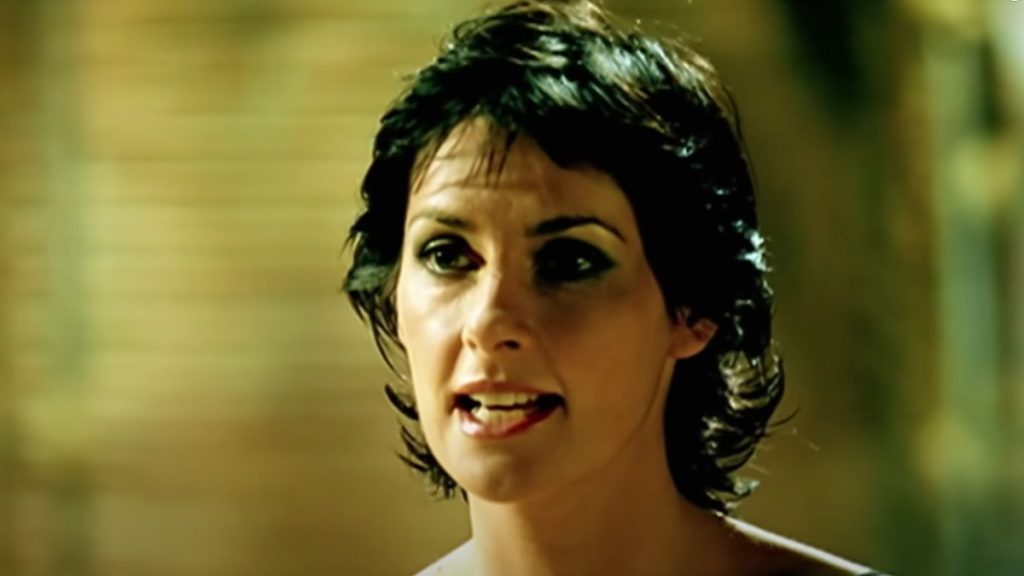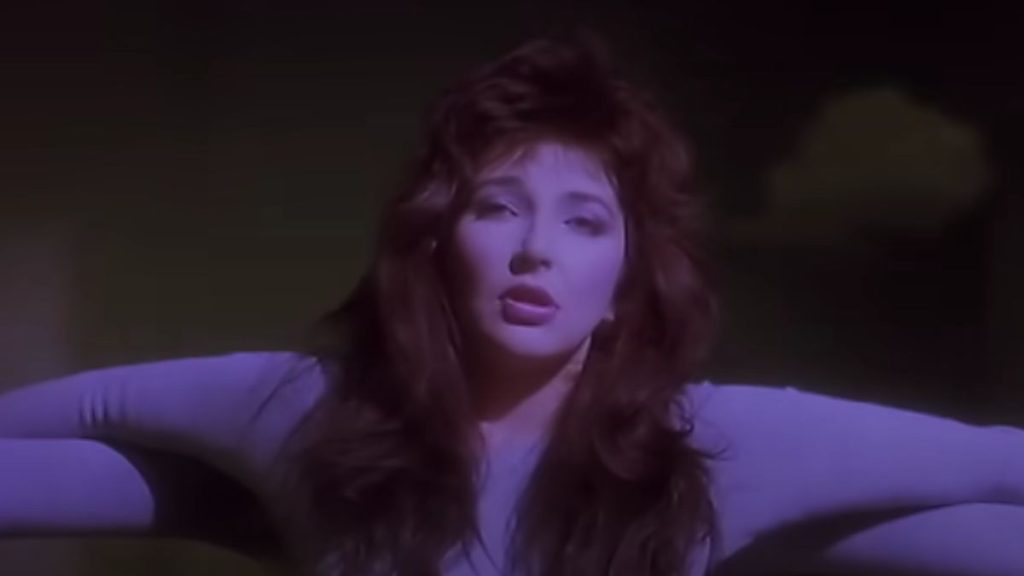When most people think of wealthy musicians, they imagine massive world tours, sold-out stadiums, and endless nights on the road. But not every successful artist built their fortune by touring. Some avoided the grueling travel schedules entirely, focusing instead on songwriting, studio work, licensing, or other revenue streams. These artists prove that the music industry offers multiple paths to financial success—and that fame doesn’t always require a concert ticket. Here are 10 musicians who never toured, but still managed to get rich.
1. Enya
Enya built her fortune selling over 80 million albums worldwide, yet she has famously avoided live performances. The Irish singer prefers the solitude of the recording studio, where she meticulously crafts her layered, ethereal sound. Her 1988 hit “Orinoco Flow” and albums like A Day Without Rain generated millions in sales without a single tour. She’s earned additional revenue from licensing her music for films, television, and commercials. Enya’s approach shows that strategic marketing and timeless sound can be just as lucrative as touring.
2. Kate Bush (Before Her 2022 Comeback)
Kate Bush performed one concert tour in 1979 and then avoided touring entirely for decades. Despite this, she built a cult following and sold millions of records, particularly in the UK and Europe. Her unique songwriting and avant-garde videos kept fans engaged without the need for constant live shows. Bush’s music licensing deals—such as the resurgence of “Running Up That Hill” in Stranger Things—have brought in significant royalties. Her career proves that scarcity can make an artist even more intriguing.
3. Vangelis
The late Greek composer Vangelis became a household name for his film scores, including Chariots of Fire and Blade Runner. He rarely performed live, preferring the privacy and creative control of the studio. His music earned Grammy Awards, Academy Awards, and millions in album sales. Vangelis’s compositions have been licensed for countless sporting events, commercials, and documentaries. His success shows how a strong catalog can generate income for decades.
4. Harry Nilsson
Harry Nilsson was a prolific singer-songwriter in the 1970s who never toured, largely due to stage fright. He still managed to win two Grammy Awards and score hits like “Without You” and “Everybody’s Talkin’.” Nilsson also earned a steady income from writing songs for other artists, including Three Dog Night’s “One.” His soundtrack work for films further padded his wealth. Nilsson’s career is a testament to the power of royalties over relentless touring schedules.
5. Burial
British electronic producer Burial became a critical darling without ever performing live or even showing his face publicly. His Mercury Prize-nominated albums and mysterious persona created demand without the traditional promotional grind. Burial has built wealth through digital sales, vinyl reissues, and licensing in film and gaming. His absence from the stage has only heightened his cult status. In a streaming age, he proves that online buzz can replace live appearances.
6. Brian Wilson (Later in Life)
While Brian Wilson of The Beach Boys toured in the early part of his career, he largely withdrew from live performances for decades due to health issues. During that time, he focused on writing, producing, and earning royalties from The Beach Boys’ massive catalog. Hits like “Good Vibrations” and “God Only Knows” have been used in commercials, films, and television, generating steady income. His genius in the studio outweighed the need for touring. Wilson’s later-life tours were limited and selective, preserving his health while maintaining his legacy.
7. Glenn Gould
View this post on Instagram
Classical pianist Glenn Gould retired from live performance at the age of 31, choosing to focus entirely on recording. His meticulous studio work, especially his interpretations of Bach, sold millions and remains a staple of classical music libraries. Gould also earned through radio and television specials, which were innovative for his time. His avoidance of live audiences didn’t diminish his influence or income. Gould’s career highlights how recorded works can sustain a lifetime of earnings.
8. Alan Menken
View this post on Instagram
Alan Menken is best known for composing beloved Disney soundtracks such as The Little Mermaid, Beauty and the Beast, and Aladdin. He’s never been a touring musician, but his work has earned him eight Academy Awards and countless royalties. Menken’s songs have been performed worldwide on stage, in film, and on streaming platforms. His income comes from publishing rights, licensing, and theatrical productions. His story proves that behind-the-scenes creators can achieve massive financial success.
9. Sia (Before 2016)
View this post on Instagram
Before she began performing selectively in recent years, Sia wrote hits for artists like Rihanna, Beyoncé, and Katy Perry. She built a lucrative career without touring, relying instead on songwriting royalties and selective recording projects. Her own albums sold millions, boosted by singles like “Chandelier,” while her anonymity fueled curiosity. Licensing deals for movies and commercials brought in even more income. For years, Sia’s voice was everywhere, even when she wasn’t on stage.
10. Randy Newman
View this post on Instagram
Randy Newman is a household name thanks to his work in film and television rather than touring. His soundtracks for Pixar films, including Toy Story and Monsters, Inc., have earned him Oscars, Grammys, and steady royalties. Newman also writes and licenses songs for other artists, television shows, and commercials. While he occasionally performs live, touring has never been his primary income stream. His enduring career demonstrates the financial power of scoring and songwriting.
Touring Isn’t the Only Path to Musical Wealth
These artists prove that touring, while profitable for many, isn’t the only way to achieve financial success in music. Strategic use of recording, songwriting, and licensing can generate steady income without the physical and emotional toll of constant travel. In an industry where live performance often dominates, these musicians found creative ways to build lasting wealth from the studio or behind the scenes. Their careers are a reminder that in music, there’s more than one road to the top.
Which of these non-touring musicians surprised you the most? Share your thoughts in the comments and tell us if you think this path is harder—or smarter.
Read More
7 Celebrities Whose Side Hustles Are Now Bigger Than Their Careers
5 Famous People Who Lost Everything to Divorce

Amanda Blankenship is the Chief Editor for District Media. She frequently writes for a handful of blogs and loves to share her own personal finance story with others. When she isn’t typing away at her desk, she enjoys spending time with her daughter, son, husband, and dog. During her free time, you’re likely to find her with her nose in a book, hiking, or playing RPG video games.




